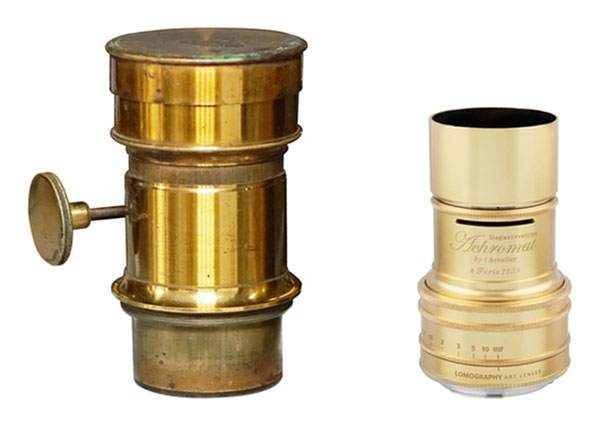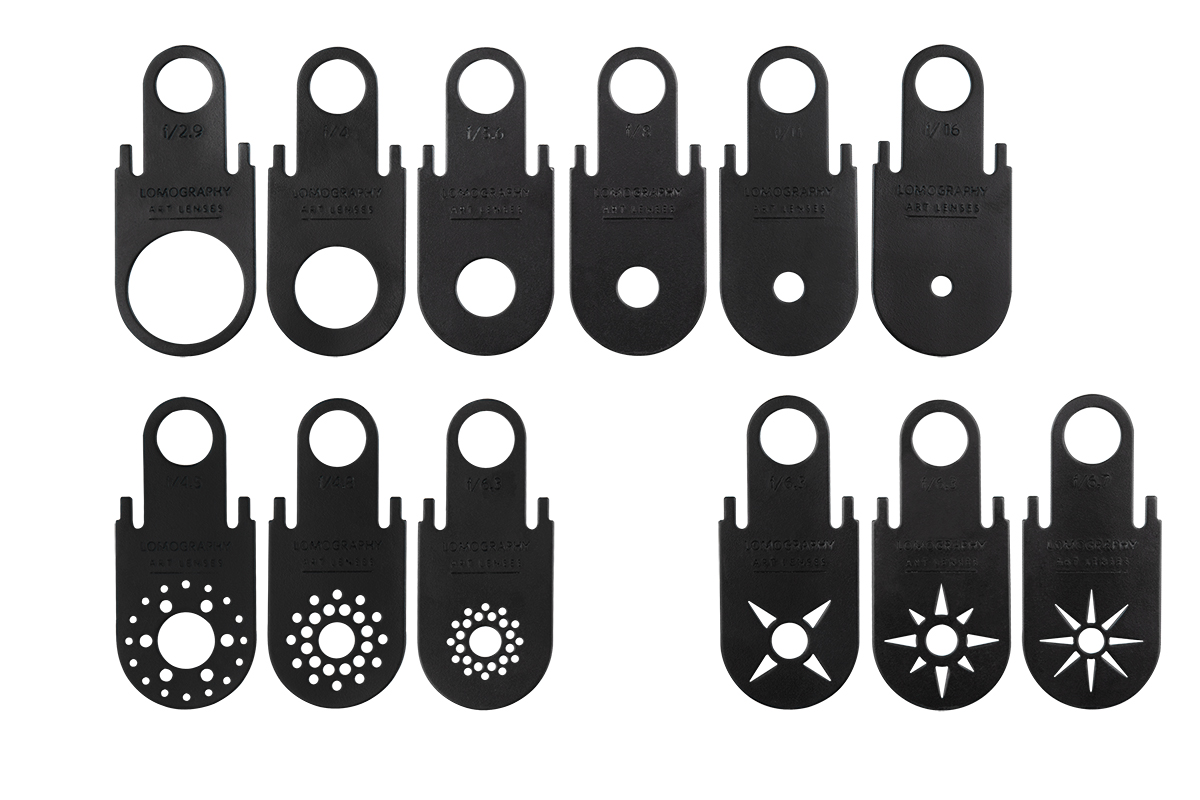Leica M with Canon Lens
Purchasing a lens for a
Leica used to be a very straight forward preposition; if you needed another
lens, you would generally have to buy another Leica lens. There were only few exceptions, and only for
the Leica rangefinder cameras where some Leica screw mount lenses were also
available from several German manufacturers and Nikon, Canon and a few other
Japanese made lenses as well as some Russian made lenses for the Kiev and Zorki
cameras. No such choices existed for the
Leica R reflex cameras.
Leica M9 with Canon 50mm
f/0.95
That didn’t change until a
few T-4 mounts appeared in the Leica R mount from Soligor and Vivitar and a bit
later from Tamron with their interchangeable camera mount Adaptall lenses. Most of those all but disappeared from the
market, initially because sales of those mounts were too low to justify further
manufacture and later, when interchangeable camera mount lenses were no longer
manufactured. Today aftermarket lens
manufacturers concentrate on the main camera manufacturers like Nikon and
Canon. However, adapters to allow the
use of other manufacturers lenses on the Leica R cameras are available from Leica,
Novoflex and several other manufacturers.
Leica SL with 35mm f/1.4
Summilux C cine lens
With the introduction of
the Leica SL, Leica introduced a number of adapters which allow the use of
virtually any Leica lens ever made. This
makes the Leica SL the long awaited camera for owners of the Leica R line of
lenses. In addition, adapters from
companies like Novoflex offer the possibility to use lenses from other lens
manufacturers on the Leica SL also, making it one of the most versatile
professional caliber cameras on the market today.
The Leica M is another
alternative for the R lenses, and since several manufacturers, including
Novoflex, are making adapters to use lenses from other manufacturers on a
variety of cameras, it is possible to use these lenses also on the Leica
M. That offers a huge choice of
different lenses never before available for the Leica until the introduction of
the Leica SL
Leica M9 with Nikon fish
eye lens
Leica M9 with Nikon PC
perspective control lens
But does it make sense to
equip a Leica with a lens from another manufacturer? After all, one of the main reasons for owning
a Leica is the quality and performance of their lenses. I basically agree with that, however, I can
also see that in some instances a lens from another manufacturer might be a
valid choice, especially if we enter cost into the equation. For instance, Besides the Leica 14-50
f/2.8-3.5 Vario Elmarit on my Leica Digilux 3, I also use a 55mm f/3.5 and a
105mm f/4 Micro Nikkor made by Nikon as well as a 200mm f/3.8 and a 400mm f/5.6
Noflexar made by Novoflex on that camera.
Especially the two Novoflex lenses have proven to be very much equal to
their Leica counterparts as have the two Nikon lenses shown to be excellent
performing lenses.
Leica Digilux 3 with Nikon
105mm f/4 Micro Nikkor
Leica Digilux 3 with 200mm
f/3.8 Novoflex Noflexar
Leica Digilux 3 with 400mm
f/5.6 Novoflex Noflexar
This brings up the
question, which of these lenses do make sense to put on a Leica camera,
especially the Leica M? Price should
definitely part of this consideration.
While some large manufacturers can offer high quality lenses at lower
prices, simply because of their high sales volume, nobody is able to perform
any miracles. If the price is too good
to be true, it is a safe assumption that this price is the result of
considerable cost cutting measures.
A manufacturer has quite a
number of means to arrive at lower manufacturing costs. Aspherical lens elements are a good
example. The most costly approach to
making such lens elements is to grind them from a lens blank. While this is quite expensive, it also
renders the best quality lens elements to assure the highest possible
performance. Another approach which, for
instance, is used by Nikon is to make high precision molds and then mold the
softened glass into its final, aspherical shape. This method definitely lends itself to larger
quantity, mass production. The least
expensive approach to aspherical element production, as used by many of the
aftermarket manufacturers, is to make a standard, spherical element and then
add a thin, aspherical surface section made of acrylic to it. These acrylic add-ons are also molded. This saves a lot of cost, but it also is a
considerable compromise. This process
was initially developed by Zeiss in Germany.
It was, however, rejected because it could not assure the performance
parameters set by Zeiss for their lenses.
The reason is that acrylics consist of rather large molecules. Due to their size, they actually scatter the
light when it transmits which adversely affects the performance of the
lens. With other words, not all
aspherical elements are created equal.
There are a huge number of other cost saving measures that are being
used, all of which ultimately lower the overall performance potential of the
lens.

Testing of Leica aspherical lens element Photo: Marlies Amling
I came across two of the
worst examples of this a while ago when I was still dabbling in repairing cameras
and lenses for my own use. I was asked
to look at an aftermarket lens made by a well-known manufacturer. The lens did not focus to infinity, even
though there were no outward signs of abuse or that otherwise anything was
wrong. I had no choice than to partially
disassemble the lens. Since not all SLR
and DSLR cameras have the same lens to film plane distance, this has to be
taken into consideration when making an aftermarket lens. Rather than making the lens specifically with
the appropriate measurements, a general lens to film plane distance is
used. Then the rear of the lens has a
threaded section which allows the lens to film plane distance to be changed to
accommodate different cameras. After
adjusting the lens via this threaded section to assure proper infinity focus,
these threads then have to be locked in place.
This is usually done with some set screws. However, this manufacturer apparently decided
that additional costs could be saved by eliminating the set screws and to use a
piece of tape instead. I am not
exaggerating; they used a thick piece of tape around the entire threaded
infinity adjustment. The problem with
the lens was that the tape had partially lost contact which had allowed the
adjustment to change.
A while later I had a
similar problem with a video zoom lens from the same maker. This was by no means a cheap lens, it sold
for almost $2,100. Video lenses
routinely come with an infinity adjustment to accommodate different video and
motion picture cameras. Remembering the
problem with the other lens, I quickly concentrated on the infinity adjustment
of this lens. My suspicion was
confirmed. Even this relatively
expensive lens used a piece of tape to “secure” proper infinity focus.
I am not saying that all
aftermarket lenses are made with such extreme cost saving measures, what I am
saying is ‘buyers beware’! The low price
has to be arrived at by some means.
My general advice is to
equip your cameras with lenses made by the camera manufacturer. That way there is the general assurance of
the best possible performance. With
other words, put Leica lenses on a Leica to get the most out of your
investment.
Leica M with Leica
Vario-Elmarit-R 28-90mm f/2.8-4.5
Leica M with Elmarit-R
70-180mm f/2.8
But there are valid alternatives
for the Leica. Some of the older Nikon
and Canon screw mount lenses are still performing quite well, but just as the
older Leica screw mount lenses, they don’t measure up to the current line of
Leica lenses.
More modern alternatives
are offered by Voigtländer and Zeiss.
Their M mount lenses have proven to be excellent performers, relatively
close to their Leica equivalents and considering their cost advantage, they do
present a valid alternative. Other choices
exist from Minolta, the older Leitz-Minolta CL lenses, from Konika,
Rollei-Cosina and SLR Magic.
Leica M2 with Voigtländer
75mm f/1.8
Leica M3 with Voigtländer
Heliar12mm f/5.6
On the Leica R side,
adapters allow the use of Canon, Nikon and a great variety of other
lenses. These would need to be adapted
to the Leica R mount which then allows their use on the Leica M with the Leica
R adapter or with a direct four thirds adapter on the Leica Digilaux 3.
Leica is not at all
anymore as isolated as they used to be in the past. Some of their camera offers a huge selection
of lenses from various manufacturers, and some of them are very good choices
indeed.
___________________________________________________________________________
To comment or to read comments please scroll past the ads below.
All ads present items of interest to Leica owners.
Click on image to enlarge
Please make payment via PayPal to GMP Photography
Click on image to enlarge
Please make payment via PayPal to GMP Photography
Click on image to enlarge
Please make payment via PayPal to GMP Photography



.jpg?1474388086)




























